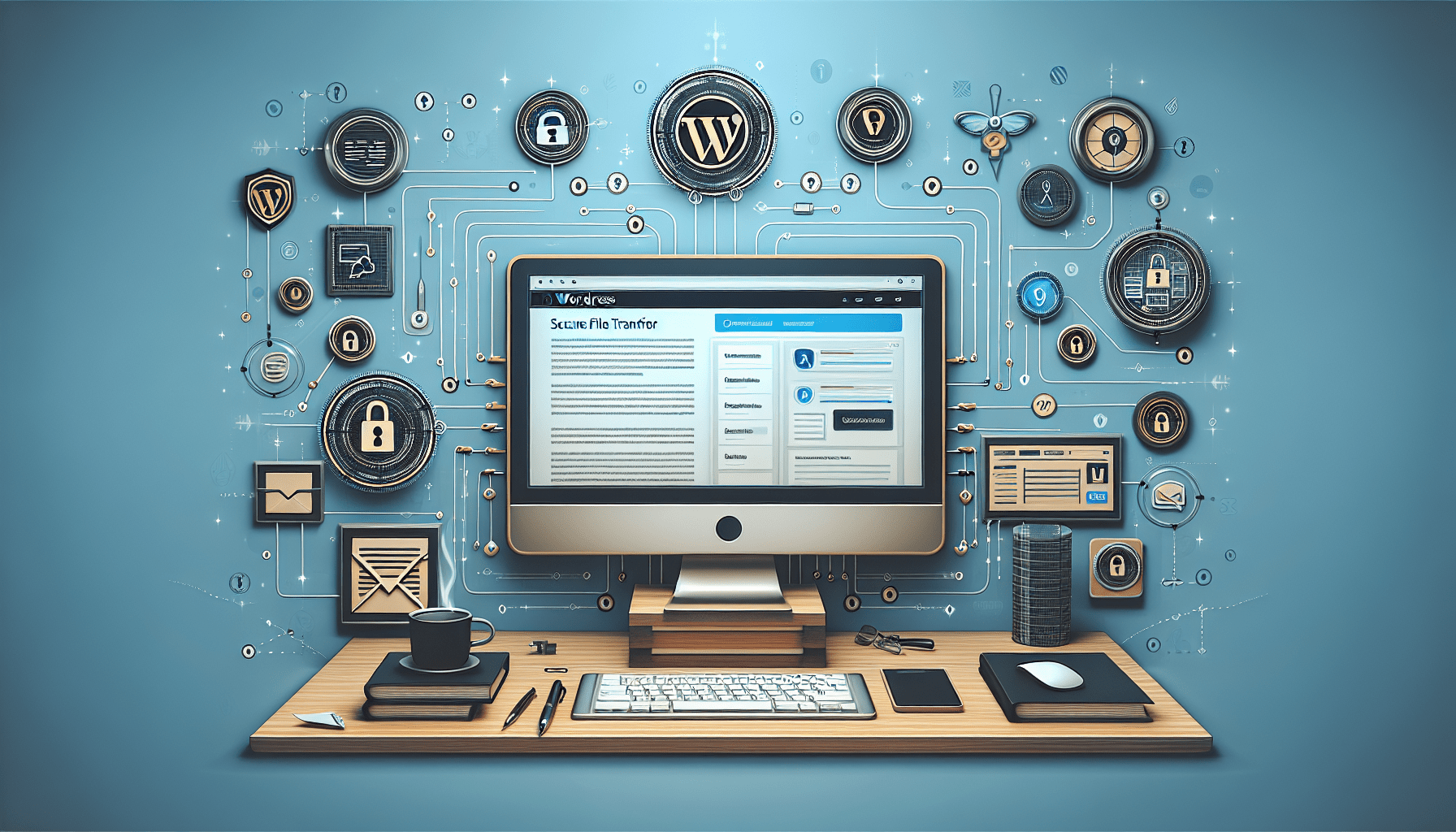As a WordPress user, ensuring the security of your file transfers is paramount. Unauthorized access and data breaches can have severe consequences for your website and business. This guide aims to provide you with essential tips and best practices to keep your files secure.
When it comes to managing a WordPress site, safeguarding your data is crucial. Hackers and malicious actors are always on the lookout for vulnerabilities, making it essential to prioritize secure file transfers. This article will walk you through key strategies and tools that can help protect your files from unauthorized access.
Understanding the Importance of Secure File Transfers
In today’s digital landscape, the importance of secure file transfer cannot be overstated. Whether you are uploading media files, themes or plugins, each transfer presents a potential security risk. Platforms like Filemail provide an excellent solution for transferring large files securely. By implementing secure file transfer methods, you can ensure that your data remains confidential and intact during transit. Understanding these risks and taking proactive measures is vital for maintaining the integrity of your WordPress site.
What’s more, the consequences of a data breach can be severe, ranging from loss of sensitive information to reputational damage and financial losses. Hackers may exploit vulnerabilities to inject malware, compromise user accounts, or steal confidential data. By prioritizing secure file transfer, you not only protect your own website but also demonstrate a commitment to safeguarding your users’ privacy and trust.
Best Practices for Secure File Transfers
One of the most effective ways to secure your file transfers is by using encryption which helps protect your data by converting it into a code that can only be deciphered by authorized parties. It’s important to always use strong passwords and two-factor authentication to add an extra layer of security and keep software and plugins updated as outdated versions can be vulnerable to attacks. Regularly backing up your files also ensures that you have a recovery option in case of a security breach.
Another best practice is to limit access permissions to only those who absolutely need them. Assign user roles and permissions carefully, ensuring that each user has the minimum level of access required to perform their tasks. Regularly review and update these permissions, especially when team members change or responsibilities shift. By following these best practices, you can significantly reduce the risk of unauthorized access and keep your WordPress site’s files secure.
Tools and Services for Secure File Transfers
There are numerous tools available that can help facilitate secure file transfers for WordPress users. SFTP (Secure File Transfer Protocol) is widely recommended as it provides encrypted connections for transferring files. Another option is using managed file transfer services that offer advanced security features such as end-to-end encryption and audit logs. When choosing a tool or service, consider its reputation, features and compatibility with your WordPress setup.
Monitoring and Maintaining Security
Securing your file transfers is not a one-time task but an ongoing process. Regularly monitor your site for any suspicious activity or unauthorized access attempts. Implementing security plugins can help detect vulnerabilities and alert you in real-time. Take the time to educate yourself and your team about the latest security trends and threats to stay ahead of potential risks. Consistent vigilance and proactive measures are key to maintaining a secure WordPress site.

